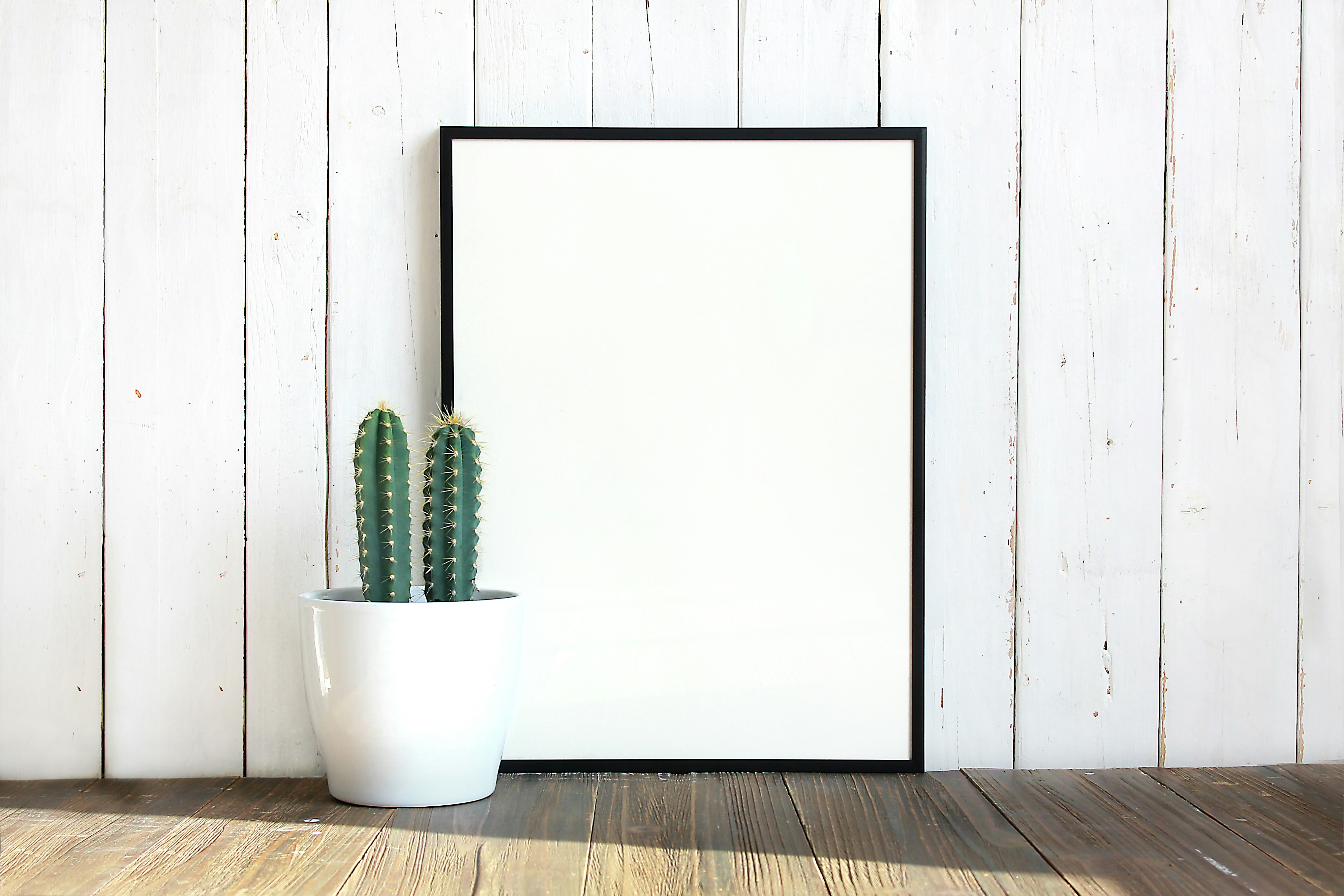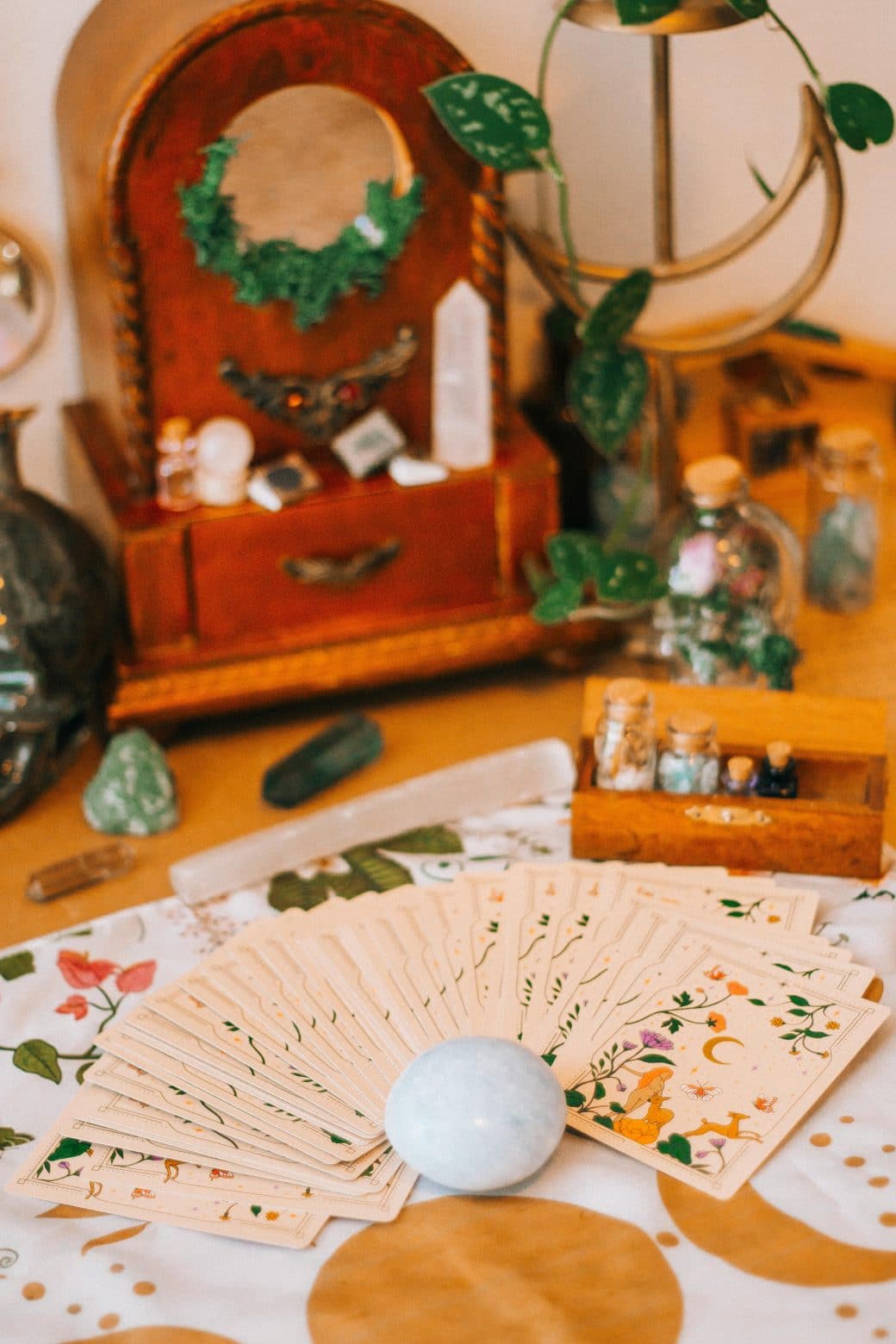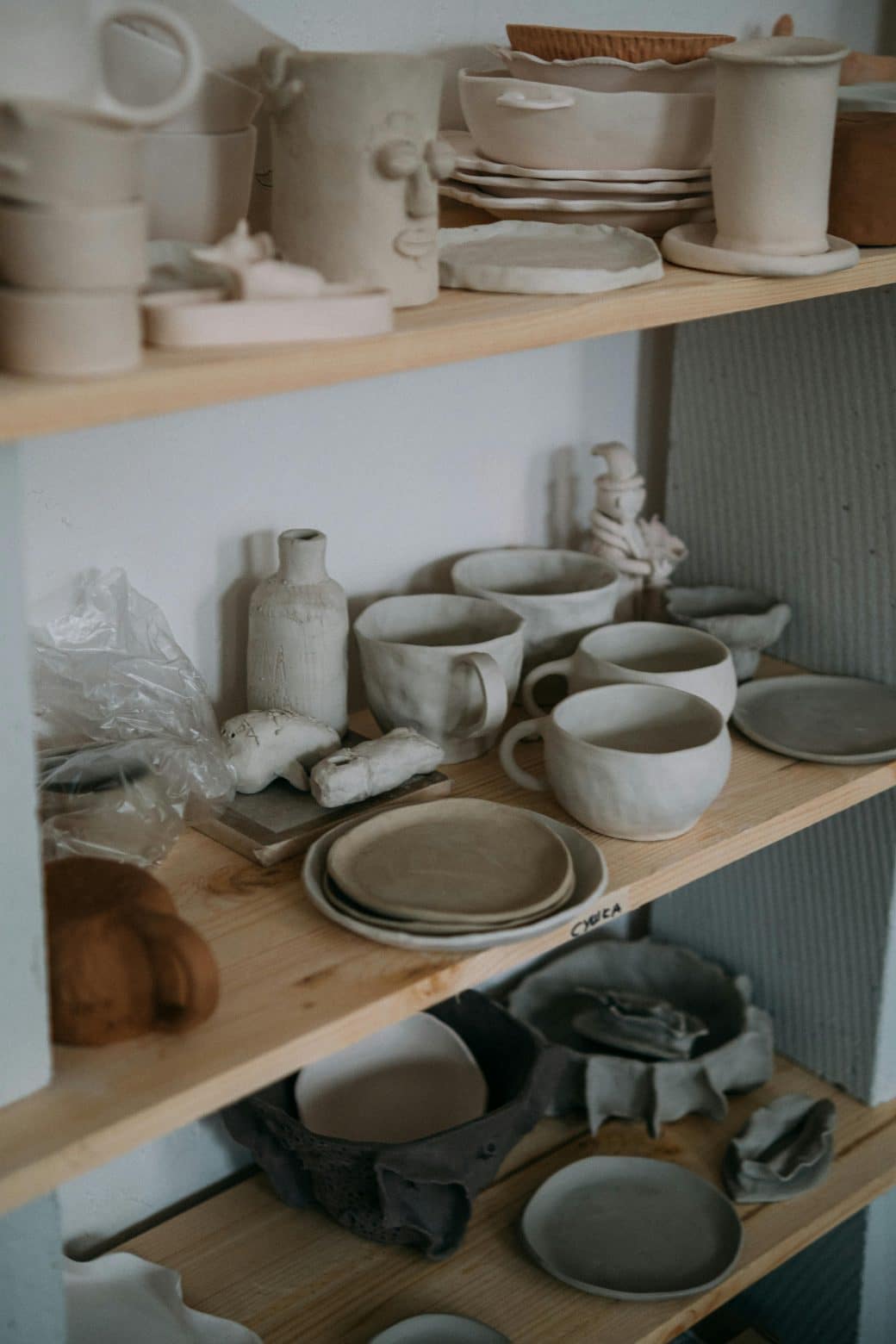I’ve always been fascinated by the little surprises hidden within pop-up cards, the way they leap out, transforming a simple greeting into an extraordinary experience. This passion has led me down the path of creating them myself, and I’ve gathered a wealth of knowledge along the way. In my latest adventure, I’ve decided to compile everything I’ve learned into a comprehensive guide that I’m eager to share with you. It’s all about crafting interactive pop-up cards, complete with a step-by-step tutorial that’ll have you turning ordinary paper into magical, three-dimensional masterpieces in no time. Whether you’re looking to make someone’s day with a unique gift or just want to explore your creative side, this guide is your ticket to becoming a pop-up card wizard.

Understanding the Basics of Interactive Pop-up Cards
Pop-up cards have always fascinated me with their unique blend of art and engineering. There’s something truly magical about opening a card and having a three-dimensional scene or object spring to life. But what exactly makes a pop-up card interactive?
Defining what an interactive pop-up card is
An interactive pop-up card, to put it simply, is a card that incorporates elements that move, change, or perform an action when the card is opened, manipulated, or even closed. This interactivity can range from simple mechanical movements, like a figure waving, to more complex mechanisms that allow for transformations within the card itself.
Exploring the history of pop-up cards
The art of creating pop-up cards, or paper engineering, has been around for centuries, dating back to the 13th century with the use of volvelles by astronomers. However, it was in the 19th century that pop-up cards became popular as a form of entertainment and greeting. They’ve evolved from simple cut and fold designs to the intricate and interactive art forms we see today.
Discussing the purpose and uses of interactive pop-up cards
Interactive pop-up cards serve a multitude of purposes beyond just being a greeting card. They’re used in education to explain complex concepts, in marketing to captivate potential customers, and, of course, as a unique way to convey personal messages for birthdays, holidays, and other special occasions. The interactive element adds an extra layer of engagement and surprise for the recipient.
Highlighting the important elements of a pop-up card
The key to a successful pop-up card lies in its design and mechanism. The elements must be carefully planned and executed to ensure they not only pop-up effectively but also incorporate the intended interaction. This could involve levers, pull-tabs, or even rotating parts. The choice of materials and precision in assembly are crucial to bring these elements to life.
Gathering Necessary Materials for Pop-up Card Making
To dive into the world of creating interactive pop-up cards, we first need to gather our materials. The right tools and supplies can make the difference between a frustrating experience and a rewarding crafting session.
Listing down essential materials for pop-up card crafting
The basic materials include cardstock or heavyweight paper, precision scissors, craft knives, a cutting mat, glue or double-sided tape, a ruler, and a pencil for sketching designs. Each of these plays a crucial role in the creation process.
Choosing the right type of paper or cardstock
Selecting the correct paper or cardstock is crucial. It needs to be sturdy enough to withstand folding and manipulation but flexible enough to fold cleanly without cracking. A weight of 65-110 lbs (176-300 gsm) is typically ideal for most projects.
Choosing the right scissors and cutting tools
Precision is key in pop-up card crafting, making sharp scissors and a craft knife indispensable tools. Scissors are great for larger cuts, while a craft knife excels at intricate details. A cutting mat not only protects your work surface but also helps in achieving cleaner cuts.
Other necessary supplies: glue, ruler, pencil, etc.
A strong, quick-drying glue is crucial for assembling parts without the wait. A ruler and pencil are essential for measuring and sketching your designs. Other handy supplies might include colored pencils, markers, or even embellishments like glitter or rhinestones to decorate your card.

Designing Your Pop-up Card
The design phase is where creativity truly shines. It’s about bringing your vision for the pop-up card to life, step by step.
Brainstorming for ideas
Start by brainstorming ideas. Think about the occasion, the recipient’s interests, and what kind of interactivity could make your card stand out. Inspiration can come from anywhere, so keep an open mind.
Creating a rough sketch of your design
Once you have a concept, sketch it out roughly. This doesn’t have to be perfect—it’s more about plotting the placement of elements and the mechanism of interaction. Consider how the elements will fold and what will pop up as the card opens.
Finalizing the design and layout
Refine your sketch into a final design. This should include detailed dimensions, the direction of folds, and specific notes on where cuts and glue will be applied. A well-planned layout is the foundation of a successful pop-up card.
Important considerations when designing
Think about the balance between complexity and practicality. A design too intricate may be difficult to execute, while too simple might not achieve the desired impact. Additionally, consider the card’s stability and how it will look both opened and closed.
Creating a Basic Pop-up Card: A Step-by-Step Guide
Starting with a basic pop-up card is a great way to get familiar with the process. Let’s create a simple pop-up element, like a heart, that springs up when the card is opened.
Step-by-step tutorial for creating a simple pop-up card
- Prepare your materials: Gather the cardstock, scissors, glue, and pencil.
- Fold the cardstock: Fold your cardstock in half to create the base of your card.
- Sketch the pop-up element: On a separate piece of cardstock, sketch a heart or your chosen design.
- Cut out the element: Carefully cut out the design with scissors.
- Create the pop-up mechanism: Cut two small strips of paper and fold them into a ‘Z’ shape. These will serve as the supports for your pop-up element.
- Attach the pop-up element: Glue one side of each ‘Z’ strip to your cut-out element and the other side to the inside of your card, positioning it so it pops up when the card is opened.
- Finalize the card: Add any additional decorations or messages to your card.
Tips and tricks for easy and successful card crafting
- Use a bone folder or the edge of a ruler to make your folds crisp and clean.
- Practice cutting intricate designs on scrap paper before moving to your final piece.
- When working with glue, apply it sparingly to avoid warping the paper.

Adding Interactivity to Your Pop-up Card
To take your pop-up card to the next level, consider adding elements of interactivity. This might involve movements, sounds, or even light.
Deciding on the type of interactivity
First, decide what type of interactivity fits your card’s theme. Pull-tabs can create motion, while light or sound modules can add a surprising element when the card is opened. The key is to enhance the experience of the card without overwhelming the design.
Integrating interactive elements to the card
Carefully plan where and how to integrate these interactive elements. For instance, a pull-tab might be hidden behind a layered design, or a light module placed behind a translucent paper to simulate a glowing effect.
Ensuring the interactivity is user-friendly and safe
Ensure the interactive elements are easy and intuitive to use. Also, if you’re incorporating electronic components, ensure they’re securely attached and insulated to prevent any sharp edges from being exposed.
Creating a Complex Interactive Pop-up Card: A Step-by-Step Guide
Crafting a complex interactive pop-up card involves combining multiple techniques and elements. It’s a challenging but rewarding project that requires patience and attention to detail.
A comprehensive tutorial for crafting a complex interactive pop-up card
- Design phase: Start with a detailed design, considering how multiple pop-up elements will interact with each other and the card as a whole.
- Prototyping: Before working on your final card, prototype individual mechanisms on scrap paper. This helps in identifying and fixing any issues early on.
- Assembly: Begin by creating and assembling the base pop-up mechanisms, then gradually add layers and interactive elements. This step-by-step approach helps manage the complexity of the card.
- Integration of interactive elements: Integrate your chosen interactive elements, whether they’re mechanical or electronic, testing frequently to ensure they function as intended.
- Final touches: Add any final decorations or messages, carefully reviewing your card for any last adjustments.
Addressing potential challenges and how to overcome them
Complex cards can be prone to issues like misaligned elements or mechanisms that don’t work smoothly. To overcome these challenges, take your time, and don’t hesitate to redo parts if necessary. Patience and precision are your best tools here.

Finishing Your Card
The finishing touches can significantly enhance the look and feel of your pop-up card.
Final touches and embellishments
Consider adding details like glitter, stickers, or hand-drawn illustrations. These personal touches can make your card stand out and feel extra special.
Ensuring the card closes and opens properly
Before finalizing your card, repeatedly open and close it to ensure everything functions smoothly and the card lays flat when closed. Make any necessary adjustments to the mechanisms or trim any obstructing elements.
Testing the interactivity
Carefully test all interactive elements to ensure they work as intended and are durable enough to withstand repeated use. Fix any parts that are not functioning correctly.
Packaging and Presenting Your Pop-up Card
Packaging your card well can make the moment of unveiling even more exciting for the recipient.
Proper packaging to prevent damage
Choose a sturdy envelope or box that fits your card snugly without bending it. Consider wrapping the card in tissue paper for added protection and a touch of elegance.
Suggestions for presenting your card in an exciting way
Presenting your card personally adds a special touch. If that’s not possible, consider recording a video message to accompany the card, adding a personal connection even from afar.
Cleaning Up After Your Project
A clean workspace can inspire future projects and make the crafting process more enjoyable.
Organizing and storing your materials
Organize your materials and tools, storing them in a way that makes them easy to find for your next project. Labeling bins or drawers can be a great help.
DIY recycling tips for scraps and leftovers
Don’t throw away your scraps! Smaller pieces of paper can be used for testing designs or creating small decorative elements. Larger pieces can be stored for future projects.
Advanced Techniques in Crafting Interactive Pop-up Cards
As you grow more comfortable with basic and intermediate techniques, you might want to explore advanced methods to enhance your cards further.
Incorporating lighting and sound mechanisms
Adding lighting and sound can truly elevate your pop-up cards. Research small, battery-operated LED lights and sound chips that can be integrated into your designs. Remember to design your card with spaces to securely hold these components.
Pop-up engineering techniques for more complex designs
Delve into the world of pop-up engineering by studying books and resources on the subject. Understanding the principles behind more complex mechanisms can inspire new ideas and techniques for your own creations.
Crafting interactive pop-up cards is not just an activity; it’s an art form that combines creativity, precision, and a touch of engineering. Whether you’re making a simple card with a single pop-up element or a complex masterpiece with multiple interactive features, the joy of seeing your creation come to life is unmatched. With practice and patience, you can transform paper and imagination into unforgettable experiences for those you care about. Happy crafting!



